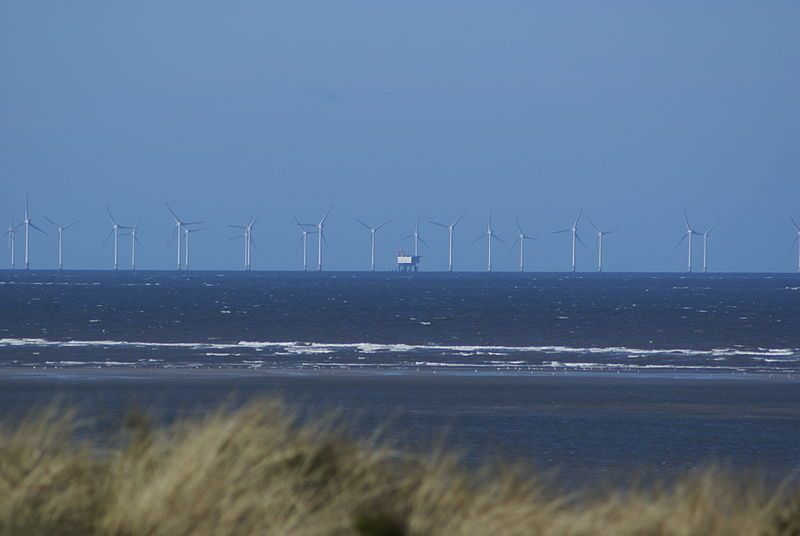Wind farms create beneficial environment for fish
Wind farms are creating a thriving environment for fish, according to a Danish study. The study was looking at the Horns Rev 1 wind park, which is one of the largest in the world.

Wind farms are creating a thriving environment for fish, according to a Danish study. The study was looking at the Horns Rev 1 wind park, which is one of the largest in the world.
The site hosts 80 giant turbines and is now 10 years old. New and larger sites are planned in the country as part of its plan to be carbon neutral by 2050, and to produce a third of its energy renewably by the end of the decade.
The site of the current farm is in shallow water which has typically been a thriving environment for fish. The study took place over the entire life of the site, and includes measurements from before the turbine construction. It found no adverse effect on the fish, and to the contrary, it found the structures acted as artificial reefs, providing food and shelter to the fish, as well as attracting a number of new species.
"Species such as the goldsinny-wrasse, eelpout and lumpfish which like reef environments have established themselves on the new reefs in the area -- the closer we came to each turbine foundation, the more species we found," says Claus Stenberg, a researcher from DTU Aqua, which took part in the research.
The researchers also suggest that the positive impacts will increase in other environments, as the study took place in a region of the sea with strong wave action, where many species would not be able to live.
"Our studies suggest that the Horns Rev 1 is too small to function as a true marine protected area (MPA), because over their lifecycles the fish utilize a much greater area than just the wind farm. But presumably several parks located close to one another could have a combined positive effect on spawning and the survival of fish fry, as wind farms which are located downstream of each other can act as a kind of dispersion corridor for eggs and larvae," said Stenberg.
The study of course, did not consider the impact of the wind farm on bird life, which has been one of the major environmental criticisms of offshore wind.






